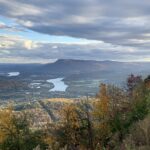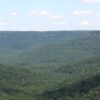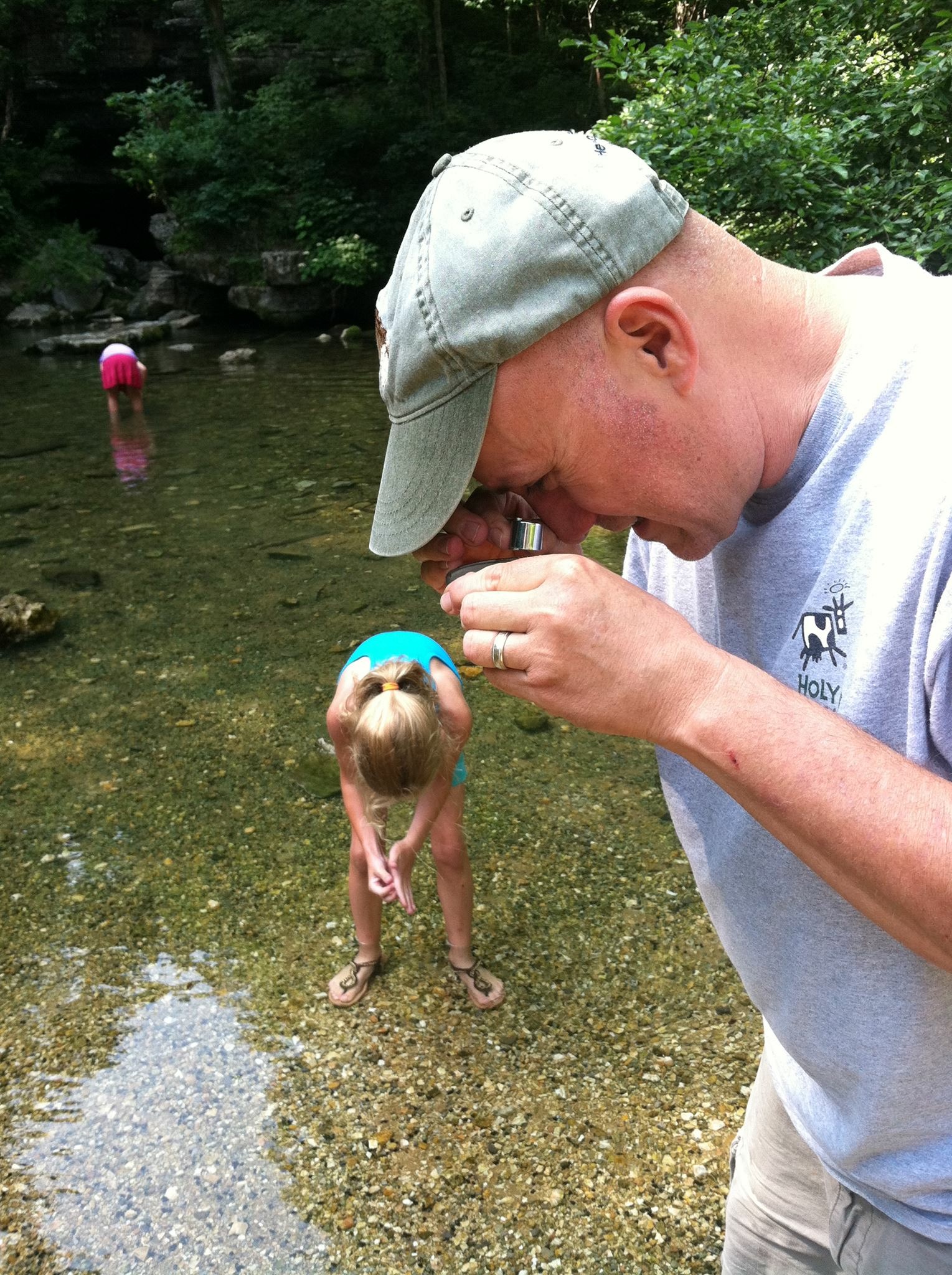
Biodiversity at Sequatchie Cave State Natural Area
Sequatchie Cave State Natural Area occupies an unassuming crook along a back road at the base of Sequatchie Mountain outside of Jasper, Tenn. A clear-running creek flows from the mouth of the cave-known to locals as Blowing Cave-to form Owen Spring Branch, a tributary of the Little Sequatchie River within the Sequatchie Valley. Water pipes tinted green by time still run from the mouth of the cave, evidence of this pristine water source that once served the unincorporated community of Sequatchie.
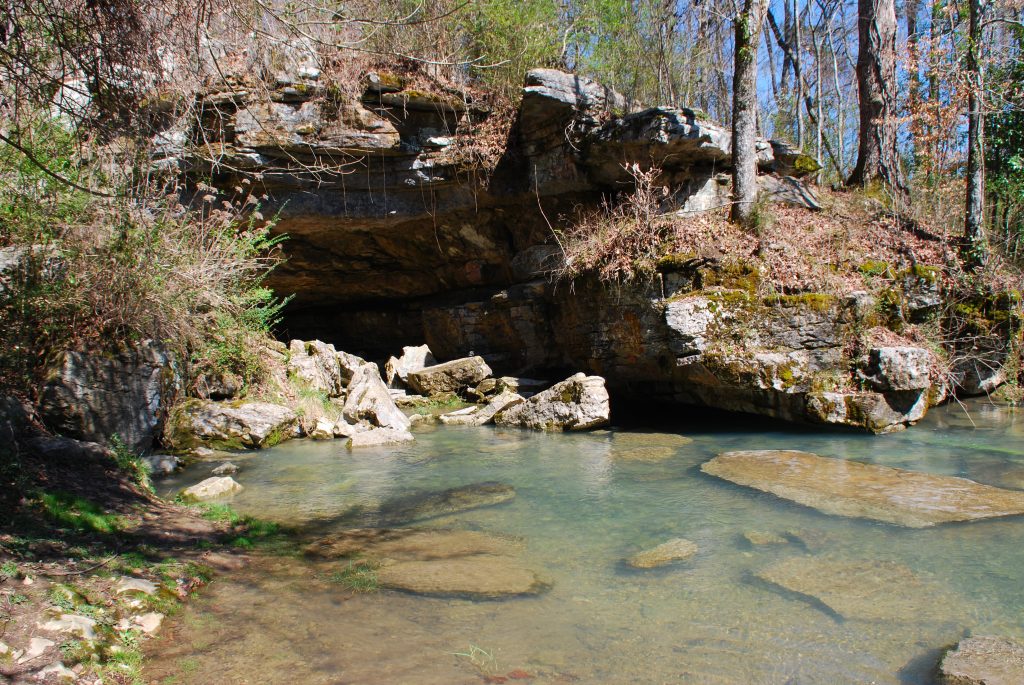
Sequatchie Cave is a Class II natural-scientific state natural area located in Sequatchie, Tenn. Standing at its entrance, it is easy to understand why the site was dubbed Blowing Cave. On a sweaty June day dripping with humidity, the cave exhales a chilly breath that brings on chill bumps and runs off the oppressive heat and mosquitoes.
Known today as Sequatchie Cave State Natural Area, the cave and creek has served as a community gathering place through the years. ATVs and cars were driven through the shallows of the creek, while picnic watermelons and beer bottles were kept cold in its chilling waters. Broken glass, plastic bottle caps and potato chip bags remain in the landscape as evidence of human frolicking.
This pristine aquatic setting, a former Tennessee Department of Transportation roadside park, was designated as a Class II natural-scientific state natural area in 2001. Today, boulders and fencing protect the Blowing Cave and Owen Spring Branch from motorized vehicles.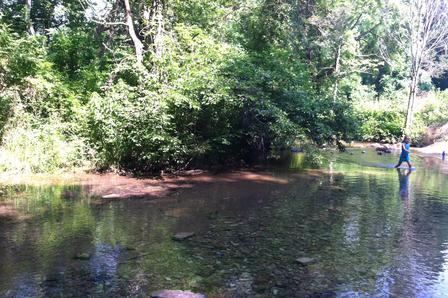 Sequatchie resident Doris Sutton-Dutton, who grew up near the site, helped the state set aside dwindling acreage in a historic effort to protect one of the region’s pristine waterways and the biological diversity it supports.
Sequatchie resident Doris Sutton-Dutton, who grew up near the site, helped the state set aside dwindling acreage in a historic effort to protect one of the region’s pristine waterways and the biological diversity it supports.
Sutton-Dutton recalls her intuitive childhood protection of the area. “I spent my childhood playing in that cave,” said Sutton-Dutton. “I cut my foot on some glass there as a child, so I started taking grocery bags over there and cleaning it up when I was 8 years old.”
In addition to its role in the community as a watering hole and respite from the heat, this little piece of aquatic heaven has proven to be a scientific example of the biological diversity that makes the American Southeast truly unique. Sequatchie Cave Natural Area is home to two aquatic species found exclusively at this location and one other within the Sequatchie Valley: the royal snail and Sequatchie caddisfly.
The royal snail
Held in your hand, the royal snail (Pyrgulopsis ogmorhaphe) at Sequatchie Cave State Natural Area is about the size of a BB gun pellet. Although snail morphology has the scientific community generally confounded, this tiny freshwater gastropod is known for its whorled shell, black antennae and minute size (usually less than 5 millimeters in length). Freshwater snails such as the royal snail are an important food source for many fish, turtles and other species of wildlife. Because of their sensitivity to certain chemicals, many species are excellent water-quality indicators.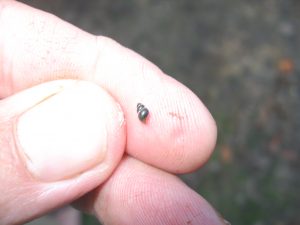 In all the world, the royal snail is found in only two springs in the Sequatchie River system in Marion County, which is how it came to be listed as an endangered species at both the state and federal levels.
In all the world, the royal snail is found in only two springs in the Sequatchie River system in Marion County, which is how it came to be listed as an endangered species at both the state and federal levels.
“We are finding that we have more snail diversity in the Southeast than we thought,” said Stephanie Chance, the listing biologist with the Tennessee Ecological Services field office of the U.S. Fish and Wildlife Service.
“Royal snails seem to like the cold shallows of the creek,” TDEC zoologist David Withers said. “So it is best if visitors avoid the shallow edges along the side of the creek where they reside.”
The Sequatchie caddisfly
The Sequatchie caddisfly (Glyphopsyche sequatchie) also resides at Sequatchie Cave State Natural Area and one other waterway in the Sequatchie Valley. This tunnel-building insect can be found underneath tree overhangs and on wood within the creek.
Caddisflies are ecologically important, mainly because they occupy a special niche in the food chain and are preyed upon by fish and other aquatic organisms. According to Chance, the Sequatchie caddisfly is unique because it builds its case out of sand and vegetation and lays its eggs in trees above the water.
“It’s kind of cool that here in the Southeast we have this species that acts unlike caddisflies anywhere else in the world,” Chance said. “However, maintaining that vegetation along the cave and creek at Sequatchie Cave State Natural Area is very important because of the unique life cycle of the Sequatchie caddisfly.”
Holding their own
In today’s world, the odds seem set against survival for such specialized species as the royal snail and the Sequatchie caddisfly. Each is limited in population size, distribution and habitat. However, according to Chance, both species seem to be holding pretty steady at Sequatchie Cave State Natural Area. However, Chance also said both species’ populations are declining at other sites, possibly because of predation and general water-quality issues.
“Sequatchie Cave is such a unique place-these species are found nowhere else in the world,” Chance said. “Visitors should be mindful of these species when they visit.”
Visit Sequatchie Cave State Natural Area for more information.
Written by Jenni Veal for Nooga.com



